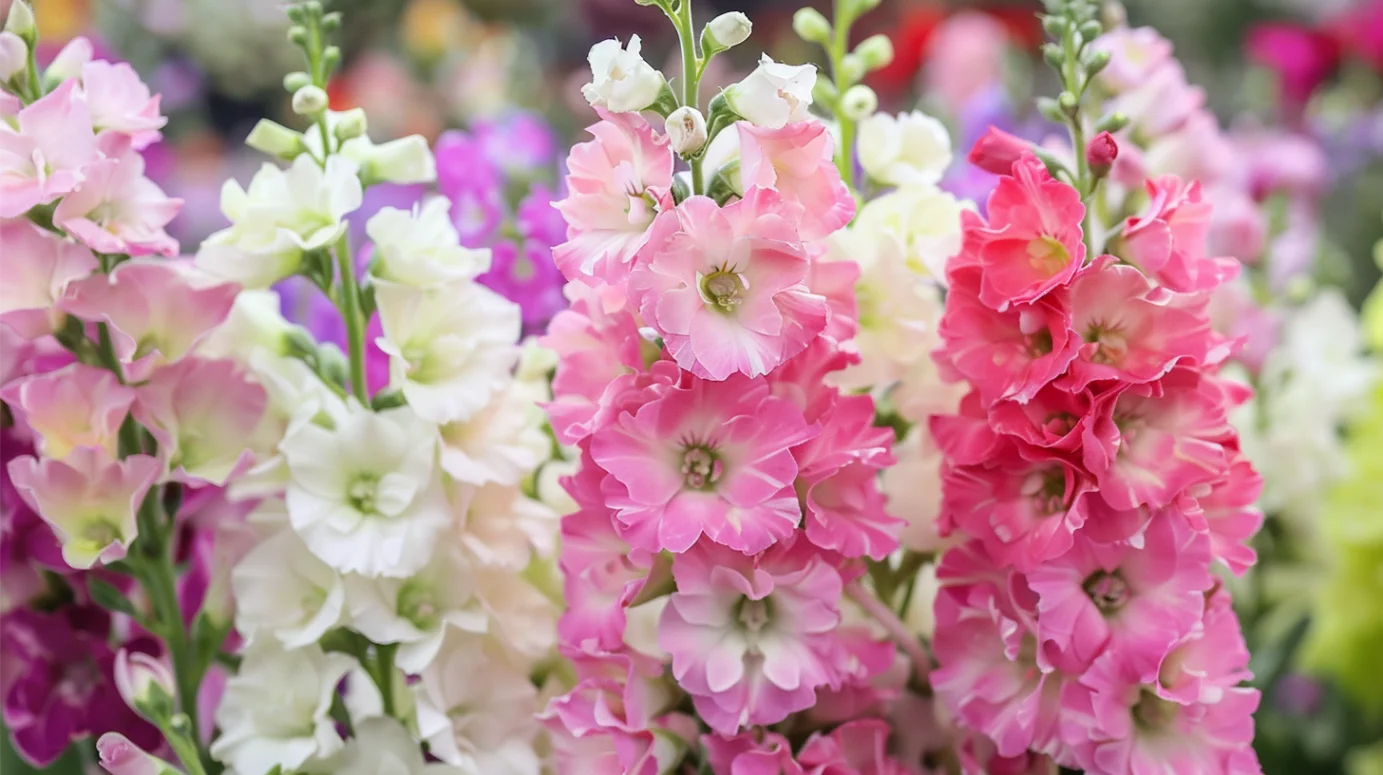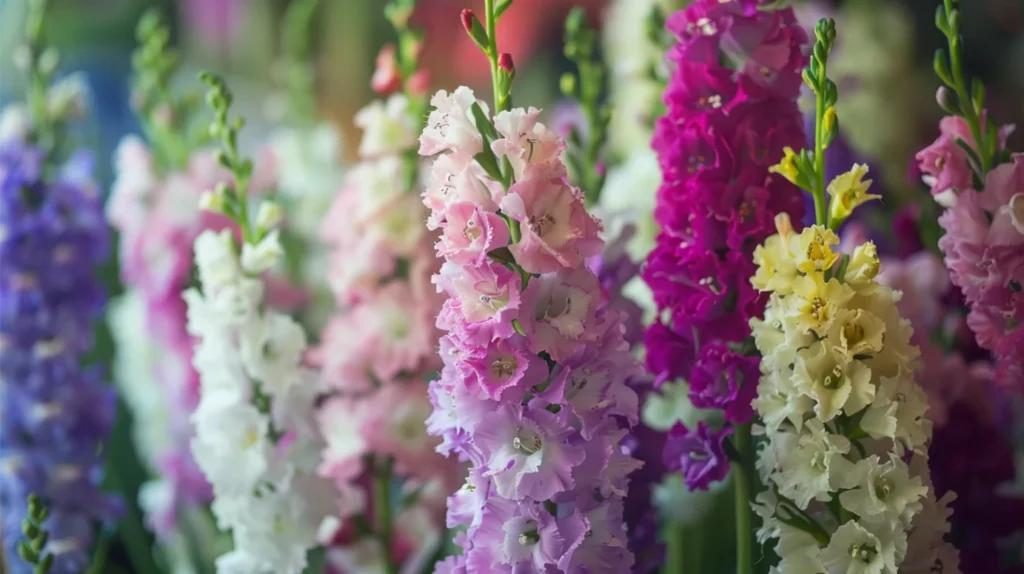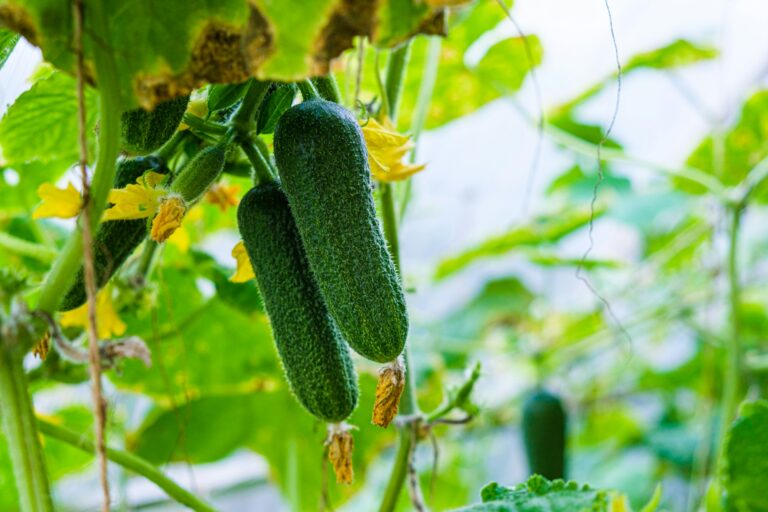The Ultimate Guide to Growing Stock Flowers: A Cottage Garden Favorite

Are you interested in growing your own beautiful stock flowers? Whether you’re a seasoned gardener or a beginner, this comprehensive guide will provide you with all the information you need to successfully cultivate these fragrant and colorful blooms. From selecting the right varieties to proper care and maintenance, we’ll cover everything you need to know to grow stunning stock flowers in your garden.
Why Grow Stock Flowers?
Stock flowers, also known as Matthiola incana, are a popular choice among gardeners for their vibrant colors, sweet fragrance, and versatility. Here are some reasons why you should consider growing stock flowers:
- They come in a wide range of colors, including white, pink, purple, red, and even bicolors.
- Stock flowers have a delightful, clove-like scent that can perfume your entire garden.
- They make excellent cut flowers, lasting up to 10 days in a vase.
- Stock flowers attract beneficial pollinators like bees and butterflies to your garden.
- They are relatively easy to grow and maintain, making them a great choice for novice gardeners.
Choosing the Right Varieties

When it comes to growing stock flowers, selecting the right varieties is key. There are several types of stock flowers to choose from, each with its own unique characteristics:
- Single-flowered: These varieties have four petals per flower and are known for their simplicity and elegance.
- Double-flowered: As the name suggests, these varieties have multiple layers of petals, creating a fuller, more lush appearance.
- Column: Column stock flowers have tall, sturdy stems and are ideal for cut flower arrangements.
- Dwarf: These compact varieties grow to about 12 inches tall and are perfect for containers or small garden spaces.
Some popular stock flower varieties include:
- Harmony Purple: A double-flowered variety with deep purple blooms.
- Katz Bright Rose: A column type with vibrant pink flowers.
- Midget White: A dwarf variety with pure white blossoms.
- Vintage Copper: A unique variety with coppery-orange flowers.
Planting Stock Flowers

Once you’ve selected your desired varieties, it’s time to plant your stock flowers. Here’s what you need to know:
When to Plant
Stock flowers are typically grown as cool-season annuals, meaning they thrive in cooler temperatures. In most regions, the best time to plant stock flowers is in early spring, about 4-6 weeks before the last expected frost date. You can also plant them in the fall for a spring bloom in milder climates.
Soil Preparation
Stock flowers prefer well-draining soil that’s rich in organic matter. Before planting, amend your soil with compost or well-rotted manure to improve its structure and fertility. If your soil is heavy clay or sandy, consider mixing in some perlite or vermiculite to enhance drainage.
Planting Technique
To plant your stock flowers, follow these steps:
- Sow the seeds directly in the garden bed or start them indoors in seed trays for transplanting later.
- If starting indoors, sow the seeds about 6-8 weeks before the last expected frost date.
- Plant the seeds about 1/4 inch deep and keep the soil moist but not soggy.
- When the seedlings have developed a few true leaves, thin them out to about 6-8 inches apart.
- If transplanting, harden off the seedlings by gradually exposing them to outdoor conditions for a week before planting.
- Plant the seedlings in the garden, spacing them about 12 inches apart for single-flowered varieties and 15-18 inches apart for double-flowered and column types.
Caring for Stock Flowers
Now that your stock flowers are planted, it’s essential to provide them with proper care to ensure healthy growth and abundant blooms. Here’s what you need to do:
Watering
Stock flowers require consistent moisture to thrive. Water your plants deeply and regularly, especially during dry spells. Aim to keep the soil evenly moist but not waterlogged, as excessive moisture can lead to root rot. Avoid wetting the foliage when watering to prevent fungal diseases.
Fertilizing
To promote lush growth and prolific blooming, fertilize your stock flowers every 4-6 weeks with a balanced, water-soluble fertilizer. Alternatively, you can apply a slow-release fertilizer at planting time, following the package instructions for the appropriate application rate.
Deadheading
Deadheading, or removing spent flowers, is essential to keep your stock flowers blooming throughout the season. As soon as the flowers start to fade, pinch or cut them off just above the nearest set of leaves. This will encourage the plant to produce more blooms and prevent it from going to seed prematurely.
Pest and Disease Control
Stock flowers are generally pest-resistant, but they can occasionally be affected by aphids, whiteflies, or spider mites. If you notice any of these pests on your plants, try spraying them off with a strong jet of water or treat them with an insecticidal soap or neem oil solution.
Common diseases that can affect stock flowers include powdery mildew and downy mildew, which are fungal infections that cause a white or gray powdery coating on the leaves. To prevent these diseases, ensure proper air circulation around your plants and avoid getting the foliage wet when watering. If an infection does occur, remove the affected leaves and treat the plant with a fungicide according to the label instructions.
Harvesting and Using Stock Flowers
One of the best things about growing stock flowers is enjoying their beauty both in the garden and in cut flower arrangements. Here’s how to harvest and use your stock flowers:
Harvesting
To harvest your stock flowers for bouquets, follow these steps:
- Cut the stems in the morning when the flowers are fully open and the plants are well-hydrated.
- Use clean, sharp scissors or pruning shears to make a clean cut at a 45-degree angle.
- Cut the stems long enough to accommodate your desired arrangement, but avoid removing more than one-third of the plant’s total height.
- Immediately place the cut stems in a bucket of cool water and store them in a cool, dark place until you’re ready to arrange them.
Using in Arrangements
Stock flowers make stunning additions to bouquets and floral arrangements. Their tall, sturdy stems and clustered blooms add texture and interest to any design. Here are some tips for using stock flowers in arrangements:
- Pair them with other fragrant flowers like roses, lilies, or freesia for a delightfully scented bouquet.
- Use them as a focal point in a tall, slender vase for a simple yet elegant display.
- Combine different colors of stock flowers for a monochromatic or analogous color scheme.
- Mix them with contrasting textures like the feathery plumes of astilbe or the delicate umbels of Queen Anne’s lace.
With proper care, your cut stock flowers can last up to 10 days in a vase, filling your home with their sweet fragrance and vibrant beauty.
Conclusion
Growing stock flowers is a rewarding experience that yields beautiful, fragrant blooms for your garden and home. By following this ultimate guide, you’ll have all the knowledge you need to successfully cultivate these delightful flowers. From selecting the right varieties to planting, caring for, and harvesting your stock flowers, you’ll be well-equipped to enjoy a bountiful display of these charming blooms. So why not add some stock flowers to your garden this season and experience their beauty for yourself?





